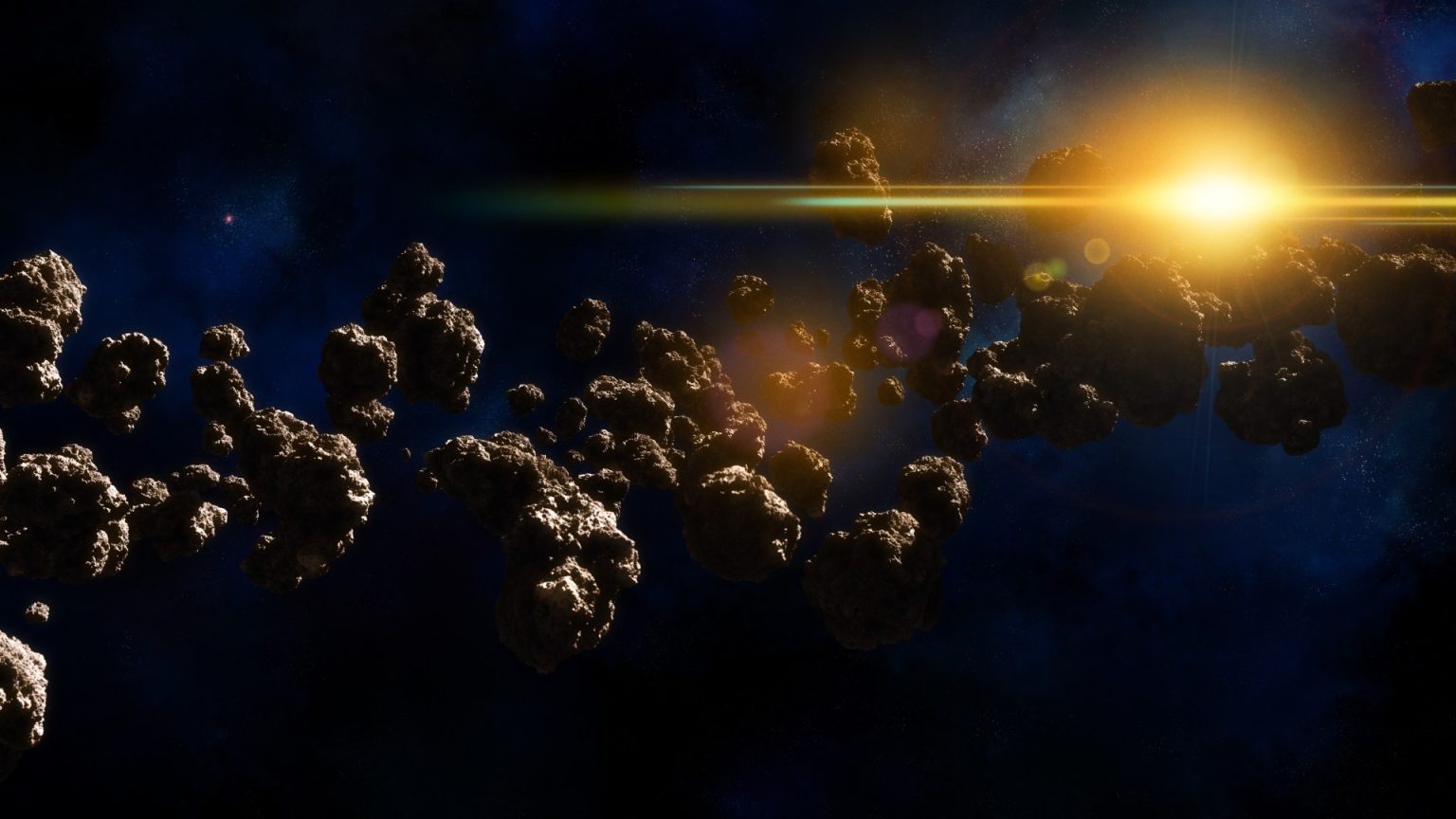The Unseen Choreography of Asteroids and Our Solar System
Astronomers have long noticed that some objects in our solar system orbit the Sun in what is known as a "choreography." Among these mysterious bodies is the rich tapestry of asteroids that share an orbit with nearby planets, a phenomenon that is almost too perfect. Specifically, the belt of Asteroids, which has previously been hidden by Earth’s glare from the Sun, is now being revealed in this rare and illuminating commentary.
Over the past decades, researchers have discovered over 20 asteroids that are currently in what is called a "co-orbital" relationship with Venus. These bodies share an orbit that passes near both Venus and Earth, often aligning with Venus when it is passing near Earth’s closest planetary neighbor. What makes this trio so peculiar is the fact that they are orbiting Venus in what is effectively a very distant orbit compared to Earth. However, doesn’t that mean that they also have a significant chance of being closer to Earth than we thought? Because the authors of the study noted, N-space JRU’S orbital structure is capable of catching Earth more often than not due to the proximity of Venus to Earth.
According to experts, those in the co-orbital relationships are called "potential hazardous asteroids (PHA)." PHAs, if present, pose a risk to Earth based on their size and proximity to both Venus and Earth—specifically, if a PHA is 140 meters or larger and comes within 0.05 astronomical units from Earth, it would enter a dangerous orbit. Currently, out of the 20 co-orbital asteroids known, only one has an orbital inclination below 0.38, making it the most vulnerable in terms of being detected. Others, however, with higher orbital eccentricities, may present a greater challenge due to the inherent unpredictability of their orbits.
Three years after the initial detection, researchers are pushing further into this field, aiming to quantify the potential threat posed by an undetected population of co-orbital asteroids to Earth. The key concern, as these researchers explain, hasn’t been conclusively determined yet—that is, whether these inco-orbital bodies as time goes on will pose a risk to Earth. This raises questions about how future undetected asteroids might potentially influence this delicate dance between Venus and Earth.
Another critical aspect to consider is the chaotic nature of co-orbital orbits. According to mathematician member Brazil, these Rocky planets orbit with highly unpredictable trajectories, a property formally known as "Lyapunov instability." This chaotic characteristic makes it difficult for astronomers to predict where such bodies will go in a given time frame, and it also raises the specter of potential collisions—a pose called a "collisional hazard to Earth." If the orbit of a co-orbital asteroid becomes nearly — and it’s 150 years into the future – be unpredictable due to the chaotic dynamics of the system, could it begin to change Earth’s orbit significantly?
The co-orbital asteroids also lie in a configuration known as the " chaining" of orbits, which the researchers described as "unpredictable." This makes it difficult for telescopes to track them, as their paths are too haphazard to follow predictably. Without advanced instruments, it may be nearly impossible to detect these distant bodies. However, some IBM scientists suggest that future telescopes, such as the planned Kepler Space Telescope, could begin mapping their orbits over the next few years, providing one of the few ways to get close to undetected by space missions.
In the long term, the size—whether 100 to 1,000 meters or even 10,000 meters, depending on the object—would be critical in determining the damage potential to Earth. According to a report from Universe Today, an asteroid as large as a 1-pound steel car could strike Earth’s environment at a force equivalent to nearly 300 megatons of TNT. Yet, this is simply the kind of force that matters less than the probability of Earth being overtaken by another object with a significantly different trajectory.
The co-orbital asteroids at least offer some hope of providing a test where depends on earth and space observatories through slightly more detailed observations. Researchers suggest that the best way to learn more about these hidden bodies is to get a closer look. "Observing from Venus’ orbit, positioned away from the Sun, may enhance the detection of these bodies," the authors explained. This approach, while not without merit, highlights the need for greater observatory work to map the inco-orbital asteroid phenomena.
In conclusion, with the ongoing phenomenon of hidden-minus-our喜望 despite the Sun’s딨age, we cannot undermine the importance of studying these systems. The spiral dance of co-orbital asteroids is a symbol of the beauty and mystery of our galaxy and may be our window into other celestial realms. Our work is in pursuit of understanding these extraordinary phenomena, which, once again, highlight the messy, unpredictable complexities of our cosmic dance.











